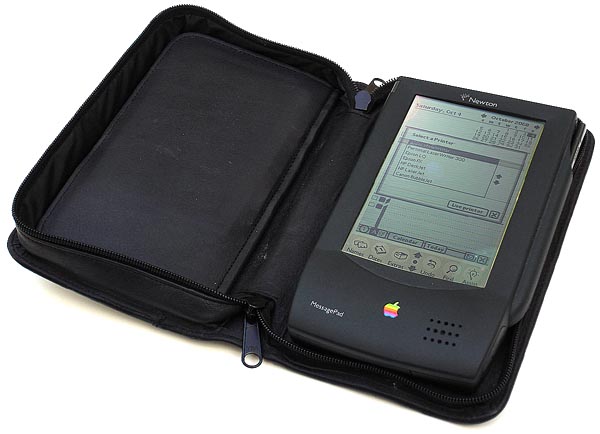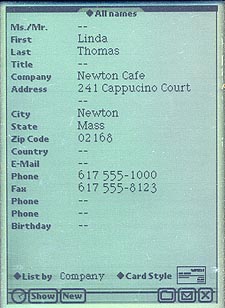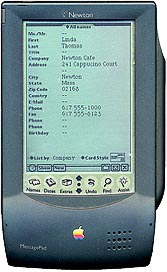
|



 The "Newton Print Pack" is a special printer-cable which plugs into the Newton serial port, allowing you
to print to a wide assortment of printers, including ink-jet, laser, dor-matrix, and
thermal printers. The remarkable thing is that it is a "smart" serial-to-parallel adapter cable,
with the printer driver software built right into the cable connector.
The "Newton Print Pack" is a special printer-cable which plugs into the Newton serial port, allowing you
to print to a wide assortment of printers, including ink-jet, laser, dor-matrix, and
thermal printers. The remarkable thing is that it is a "smart" serial-to-parallel adapter cable,
with the printer driver software built right into the cable connector.


|



